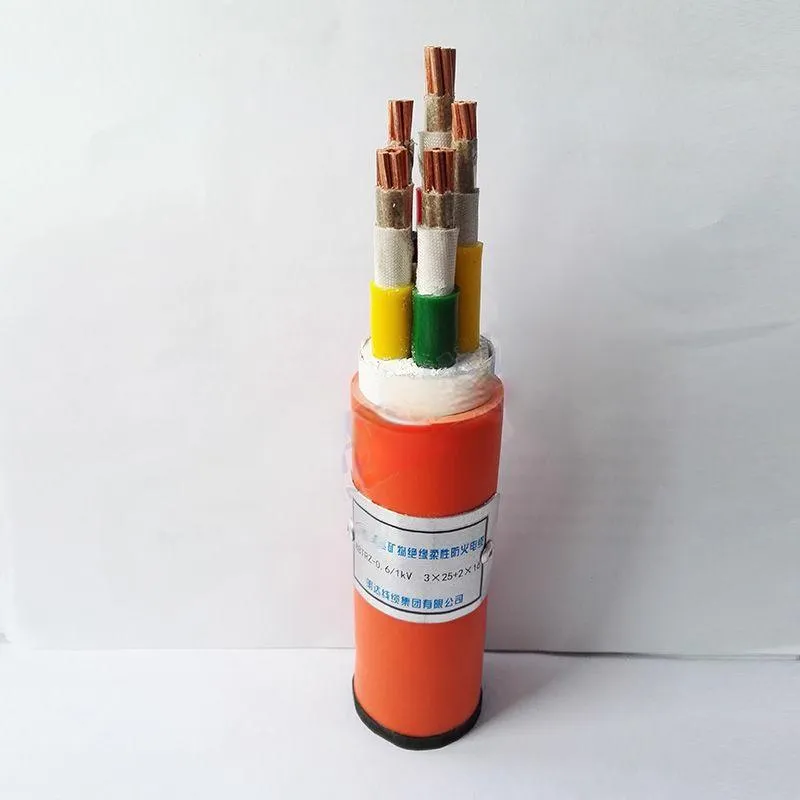10 月 . 07, 2024 15:13 Back to list
non rising stem gate valve
Understanding Non-Rising Stem Gate Valves
Non-rising stem gate valves are an essential component in many industrial and municipal applications, particularly in systems that require reliable flow control with minimal space constraints. Unlike traditional rising stem gate valves, these valves are designed with a stem that does not extend outward when opened, making them ideal for situations where vertical space is limited.
Design and Functionality
The primary design feature of a non-rising stem gate valve is its stem mechanism. In these valves, the stem rotates within the body of the valve, allowing the gate to move up or down without the need for additional vertical clearance. This feature is particularly beneficial in confined spaces such as underground pipelines or installations where equipment overhead would obstruct the rise of a traditional stem.
Non-rising stem gate valves typically use a wedge or parallel gate that slides between two seats to open and close the flow path. When the operator turns the handwheel or actuator, the stem rotates, causing the gate to lift and allow fluid to pass through. Conversely, when the stem is turned in the opposite direction, the gate moves back down, sealing the flow.
Advantages of Non-Rising Stem Gate Valves
1. Space Efficiency One of the primary advantages of non-rising stem gate valves is their compact design. They can be installed in locations where vertical space is at a premium, making them suitable for various industrial applications, including water treatment plants, power generation facilities, and chemical processing plants.
2. Reduced Mechanical Wear Since the mechanism does not require the stem to move upward, there is less exposure to contaminants and debris. This design reduces the wear on components, potentially leading to a longer lifespan for the valve.
non rising stem gate valve

3. Simplicity of Operation Non-rising stem gate valves can be operated using a simple handwheel or actuator, making them easy to control. Their straightforward design generally translates to lower maintenance requirements compared to more complex valve types.
4. Cost-Effective Solution Due to their robust design and ease of installation, non-rising stem gate valves can provide a cost-effective solution for flow control needs. Their durability and resistance to wear can also lower long-term replacement costs.
Applications
Non-rising stem gate valves are extensively used in various sectors, including
- Water Supply and Sewage Systems They help in regulating the flow of water in municipal supply lines or sewage systems where space and accessibility could pose challenges. - Oil and Gas These valves are utilized in pipelines and refineries where managing the flow of liquid and gases is critical, and the installation space can be limited. - Manufacturing and Processing Plants In industries that require precise control over liquid and gas flow, non-rising stem gate valves provide a reliable and efficient solution.
Conclusion
In summary, non-rising stem gate valves are a practical choice for applications needing effective flow control in confined spaces. With their compact design, reduced maintenance needs, and versatility across different industries, these valves play a crucial role in ensuring the efficient operation of various systems. As industries continue to seek innovative solutions to challenges presented by space constraints and operational efficiency, non-rising stem gate valves will undoubtedly remain a favored option.
Share
-
Understanding the Differences Between Wafer Type Butterfly Valve and Lugged Butterfly ValveNewsOct.25,2024
-
The Efficiency of Wafer Type Butterfly Valve and Lugged Butterfly ValveNewsOct.25,2024
-
The Ultimate Guide to Industrial Swing Check Valve: Performance, Installation, and MaintenanceNewsOct.25,2024
-
Superior Performance with Industrial Swing Check Valve: The Essential Valve for Any SystemNewsOct.25,2024
-
Industrial Swing Check Valve: The Ideal Solution for Flow ControlNewsOct.25,2024
-
You Need to Know About Industrial Swing Check Valve: Functionality, Scope, and PerformanceNewsOct.25,2024